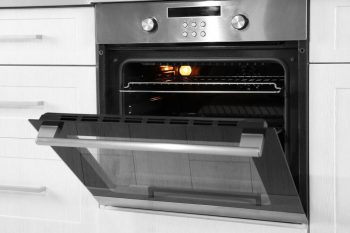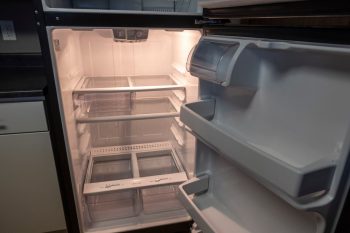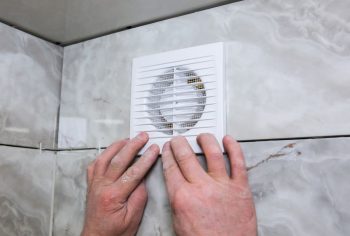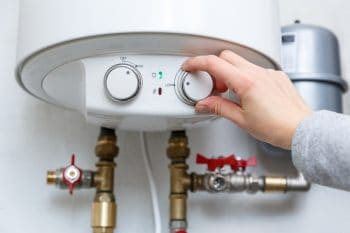
It would be best if you had a dehumidifier to eliminate excess moisture in the air. It is an essential appliance during flooding, humid climate, or if your house is leaking.
Air with excess moisture causes mold thriving and dust mites that trigger asthma symptoms which cause various allergies.
Areas with moisture are the most strategic locations for a dehumidifier. Such places include kitchens, bathrooms, crawl spaces, and basements.
A dehumidifier is an important appliance that helps reduce excess moisture at home. You need this device if you live in a humid, flooding area or when your house leaks.
You can place a dehumidifier in various places, such as bathrooms, kitchens, and crawl spaces. However, the basement is an excellent location to place your dehumidifier.
Basements are primarily damp places and have excess humidity due to the surrounding soil, which is why they are ideal for a dehumidifier.
There are 10 ways you can hide your dehumidifier in the basement area of your home, and no one will notice it:
- Near the stairs
- Under the reading or side table
- Beneath the stairs
- Under an open bookshelf
- Under unused table
- Building an exact measurement area
- Rolling a table with wheels
- Next to the bathroom
- Behind a wooden rack or cupboard
- Above in the loft area
Importance of Choosing the Location of a Dehumidifier
A dehumidifier plays a very crucial role. Position it where there is good air circulation to draw the air quickly and expel the hot and dry air.
This appliance also requires to be connected to the electrical outlet. Therefore, you can place it near the moisture source in a big room.
If your room is smaller, placing the dehumidifier at the central position is ideal, but ensure nothing interferes with the air circulation.
Why Place Dehumidifier in the Basement
The basement is a damper area, naturally. Therefore, the dehumidifier dries the air, reduces musty smells and issues, and prevents mold growth due to excessive moisture.
A dehumidifier in the basement ensures the humidity levels are balanced inside the space.
Factors To Consider for Your Dehumidifier Location
- The capacity of your appliance.
- The size of your basement. The basement size determines where to place the device and the number of dehumidifiers needed for the house.
- The humidity levels in your basement. If your home has relatively mild humidity, you can use a small-sized dehumidifier and place it in the central location of your basement. However, if your home is in a humid climate area and the basement is very big, one dehumidifier might not be enough.
10 Ways of Hiding a Dehumidifier in the Basements
1. Near the Stairs

You can place your dehumidifier near the stairs but ensure you place it on a wooden plank. This ensures your appliance is not visible, which is your goal.
2. Under the Reading or Side Table
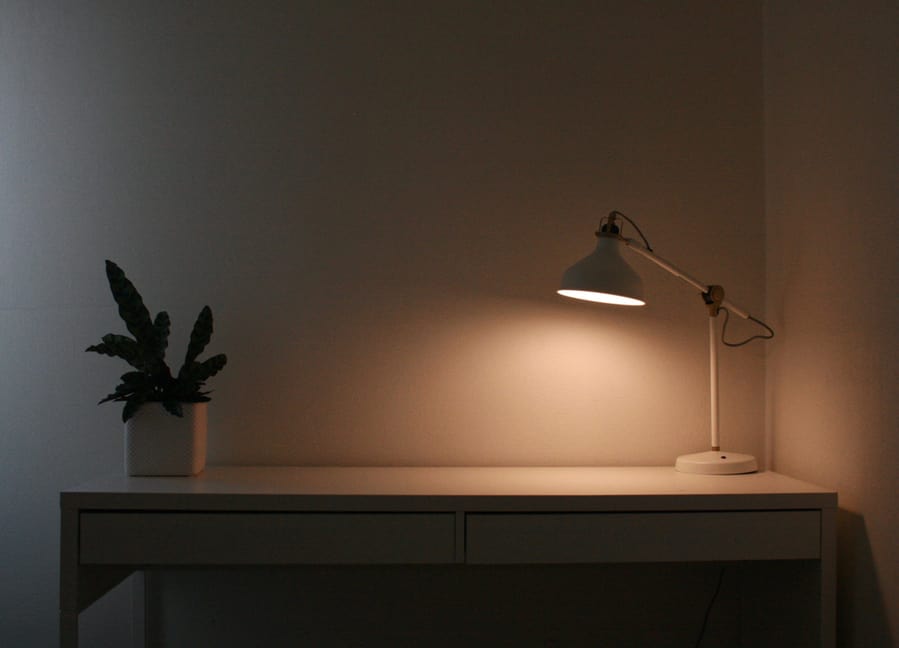
It is better to place a dehumidifier under a side or reading table because it is hard for anyone to notice it.
Never place your dehumidifier on the floor in the basement because it is inappropriate and normally damp due to the surrounding soil.
3. Beneath the Stairs

The best place to place your dehumidifier is downstairs in the basement. You position the appliance beneath the stairs in the basement, which is the right location because it is mostly humid. In this case, the dehumidifier will be invisible and hard to notice.
4. Under an Open Bookshelf

Most manufacturers recommend placing a dehumidifier under an open bookshelf because it is not appropriate to place it against a wall or furniture. Ensure the dehumidifier is at least six inches from any blocking object.
5. Under Unused Table
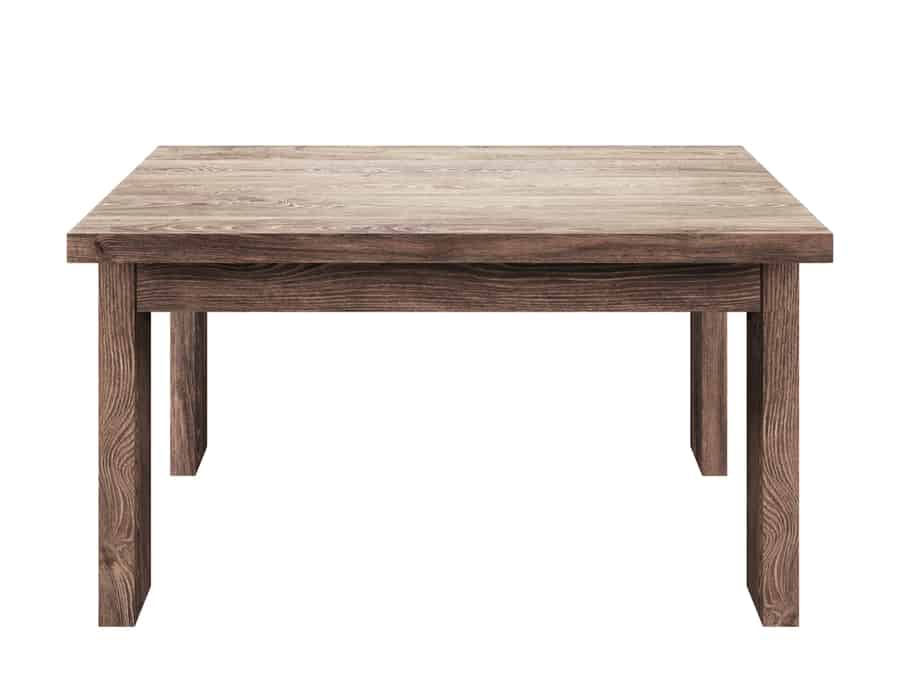
In most cases, you put things that you rarely use in the basement. Therefore, you can place a dehumidifier under a new table but ensure you move it near the window so that the air circulates well in the room.
The appliance will be hidden and not easily noticeable.
6. Next to the Bathroom

When you place a dehumidifier next to the bathroom, it helps reduce excess moisture and ensures good airflow. When you run hot water in the shower or bathtub, the humidity is released in the air. However, the dehumidifier helps in reducing moisture.
7. Behind a Wooden Rack or Cupboard
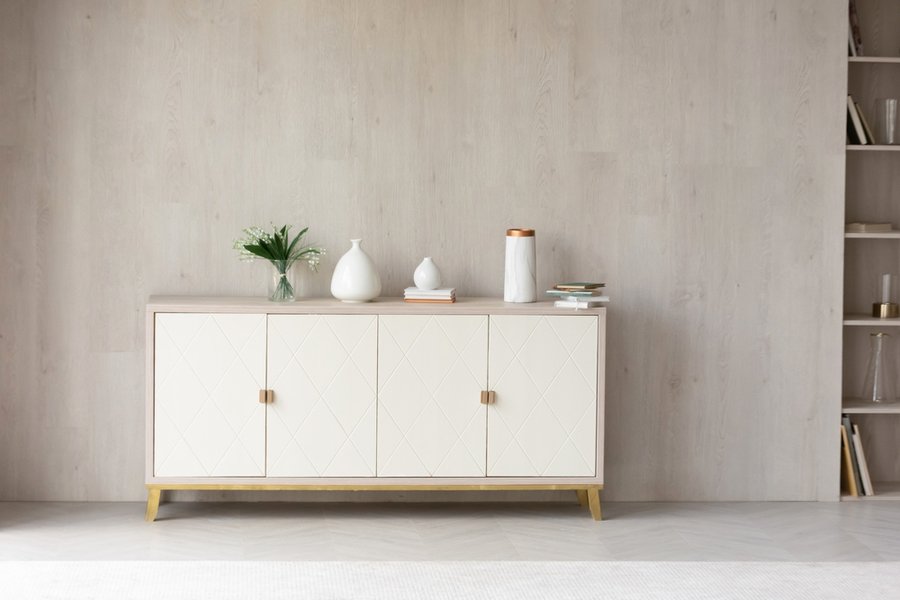
The basement is an excellent location for your dehumidifier, but since your goal is to hide the appliance, you can place it behind a wooden rack or cupboard. If you appropriately position it there, it will not be noticeable to anyone.
8. Rolling Table With Wheels
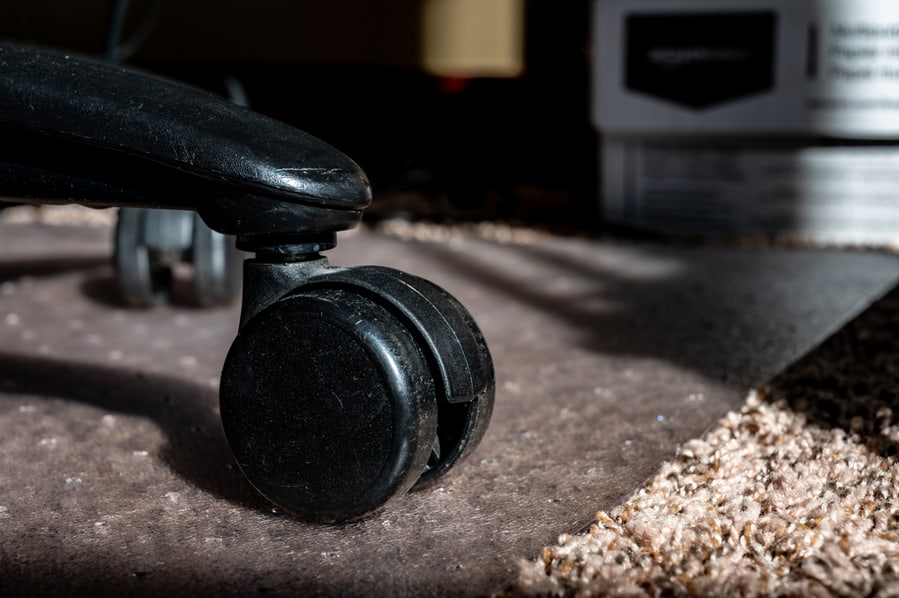
Buy or create a rolling table with wheels and place your appliance. This ensures the dehumidifier is safe and hidden.
The rolling table with wheels will be a storage place for your appliance, and nothing will interfere with it, and still, you can use it as the table.
9. Build to Exact Measurement

You can take measurements of your dehumidifier and build a small exact place to store your appliance. Ensure the area has good airflow to provide enough coverage.
10. Above in the Loft Area
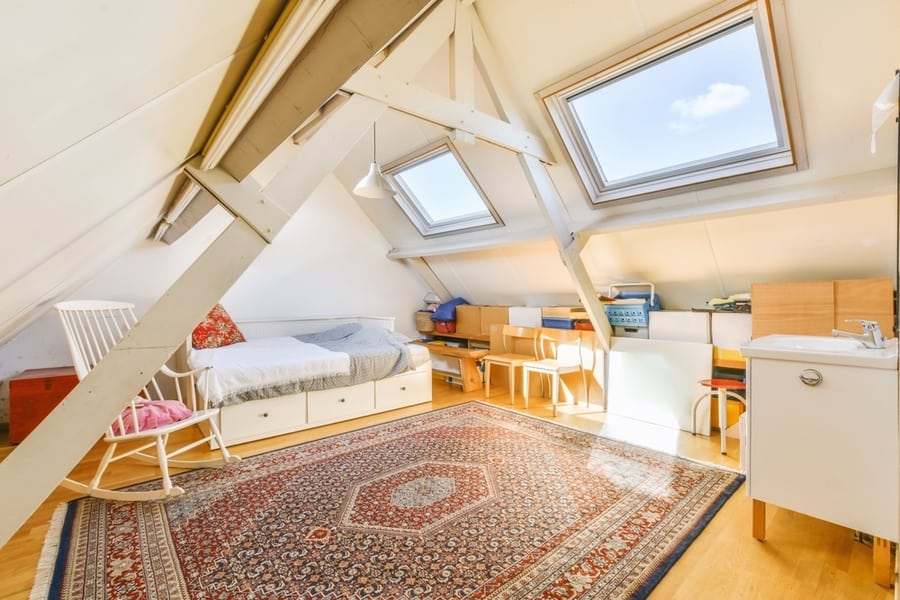
You can place your dehumidifier above the loft area, and it will be hard to notice. However, you must ensure good air circulation in the loft area.
Conclusion
Excess moisture in the house causes mold and dust mites, which trigger asthma signs and symptoms and cause various allergic reactions.
It would be best if you had a dehumidifier to reduce excess moisture in your home. Once you buy it, you can place it in various locations of your house, such as the kitchen, bathrooms, and crawl spaces. However, the basement is the best place to position your device because you can hide it and go unnoticed.
There are several ways you can ensure your dehumidifier is hidden and unnoticed in the bathroom, such as building an exact measurement area for your appliance, placing it beneath the stairs, above the loft area, rolling table with wheels, behind a wooden rack or cupboard, under the new table, among other ways.
Regardless of how you hide the dehumidifier in the basement, ensure good air circulation for the gadget to have enough coverage.
Before you place a dehumidifier in your basement, there are three things you must consider. That is the gadget’s capacity, the average humidity levels of your house, and the size of your basement.
Frequently Asked Questions
What Are the Signs That Show You Need a Dehumidifier in the Basement?
It is not easy to detect higher levels of moisture at all times. You need to know the specific signs to watch out for because they will help you decide if you need a dehumidifier to address these issues at your home.
The most common signs that suggest you should install a dehumidifier in the basement of your home include the following:
- Condensed surfaces.
- Mold or mustiness odor in the basement.
- Visible mold growth on floors, walls, ceilings, and other surfaces.
- The walls are always damp.
- Items stored in the basement smell or have mold or mildew.

